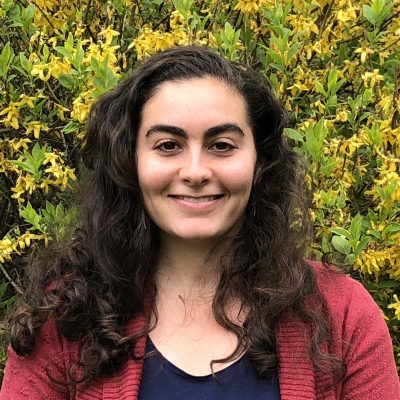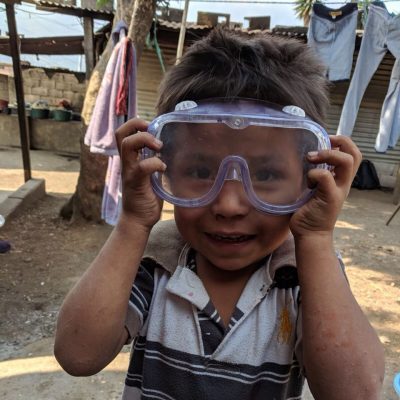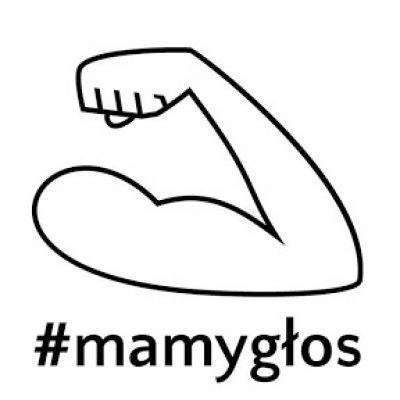Article
Sarah Horwitz’s Action Project involves a series of student-led workshops to give students a direct channel to speak with adults in the Wissahickon School District about issues of justice.
Sarah’s aspirations
Sarah began her project with the aim of addressing a larger problem: the lack of robust social infrastructure within the Wissahickon School District community. However, after realizing the extent of top-down district initiatives already targeting cross-district belonging and inclusion; experiencing equity-based professional development in the district as a teacher; and speaking with students about their needs, frustrations and hopes, Sarah pivoted her focus to addressing the lack of a structured channel for student voices to contribute to conversations about equity and belonging.
“My own navigation of social dynamics within the district as a student and now staff member have exposed me to (some of) the different social realities that members of the district community can experience.”
About the project
The Dialogue Coalition aims to provide community, support, and a direct channel for students to converse with adults in the district—through student-led learning workshops—about issues of equity, intersectional identity, belonging, and justice.
Crucially, the group’s bottom-up, student-led approach was designed to complement the district’s ongoing equity/justice work and to strengthen a cross-district pipeline of student-led changemaking and mentorship. Sarah is currently starting to publicize the group to students. When the group begins meeting during the 2022-23 school year, Sarah will provide students with general grounding in theories of change, as well as the space, support, and mentorship to develop learning workshops for staff. Students will lead the workshops during scheduled school-based and/or district professional development days.
Sarah’s project addresses this problem in the following ways:
- By flipping the district’s ‘belonging dichotomy’ (of largely adult-led, and/or external-to-the-district, equity initiatives);
- By giving students a more accessible and direct channel for engaging in productive dialogue with staff stakeholders in the district;
- By communicating to students that they are valued and supported in their desire to engage in dialogue and work towards change;
- By being coalitional in nature: in other words, not targeting a specific group of (marginalized) students. Given her own positionality, Sarah didn’t think it would be appropriate for her to target a specific identity group of students with this work. She believes that sustained change requires coalition-building across identity groups, and these coalitional spaces—particularly for these kinds of conversations—are not currently widespread in the school district.
Project Partnerships
In her project making, Sarah has developed an extracurricular group involving a substantial and ongoing amount of communication and collaboration with district-internal groups and people that include:
- Wissahickon Middle School Administration Team
- Wissahickon High School Administration Team
- Wissahickon Middle School Equity Team
- Wissahickon Educators for Racial Equity (ERE)
So far, the key resources that Sarah has needed have been time and internal support in the district. “I’m grateful to have benefitted from a network of teacher-advocates/activists in the district, stemming from a connection I maintained with one of my former teachers who is still in the district,” Sarah explains. “I’ve been able to follow the recommendations of these teachers, and I have progressed to where I am now through persistent communication, and the generous and thoughtful suggestions and support of everyone in the district I’ve spoken to about this work.”
Updated in August 2022



